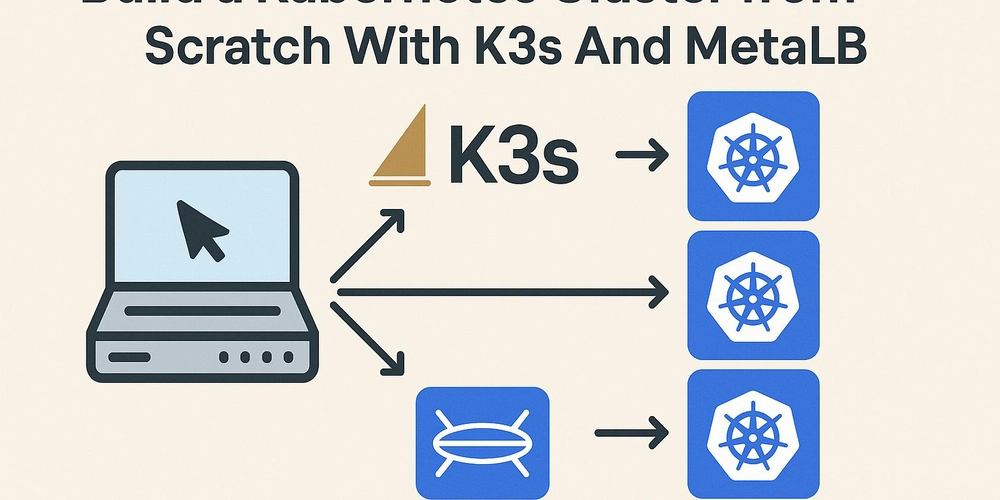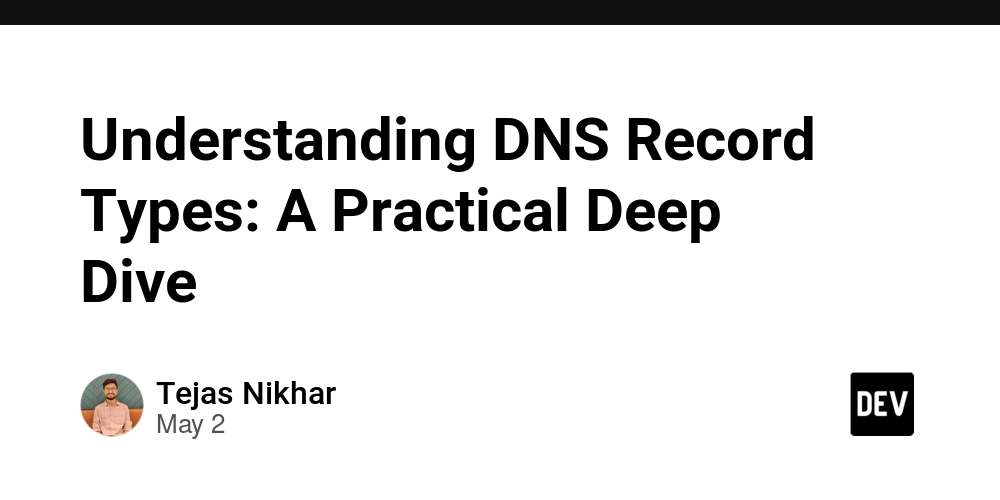Testing in the Era of Microservices and APIs: A Leadership Perspective
There was a time when software releases were slow and monolithic—but at least everything was in one place. Now, we move faster. But that speed? It comes at a cost. Today, we live in a world of microservices, APIs, and distributed everything. The architecture is elegant. The orchestration is powerful. But testing? That’s where things get tricky. As a quality engineering leader, I’ve seen firsthand how this complexity tests more than just code—it tests our assumptions about ownership, accountability, and what “done” really means. More Services, More Surfaces In a microservices ecosystem, a single user journey might hit a dozen services. Each is built, deployed, and owned by a different team. And while unit tests may pass with flying colors, it’s the integration points—those fragile handshakes between services—that often become the cracks users fall through. Traditional QA models break down here. You can’t just throw a bunch of E2E tests at a staging environment and hope for the best. The blast radius is too wide. And brittle tests become blockers. Shift Left? Yes. But Also Shift Together. The shift-left movement pushed testing closer to development—which is a good thing. But in microservice-heavy architectures, testing can’t just shift left. It also has to shift together. Cross-team collaboration becomes essential: Shared test contracts between services Common observability patterns Unified data sets for test environments Joint ownership of incident response playbooks Testing can no longer be "someone else’s job." In this era, it’s everyone’s responsibility—especially the leaders who set the tone. APIs Are the Glue—and the Risk Surface APIs are fantastic. They decouple teams, enable reusability, and power everything from internal services to third-party integrations. But they also expose your business logic to the world. From a leadership standpoint, this means: API schema changes must be governed Backward compatibility should be non-negotiable Automated contract testing (hello, Pact and Postman!) must be in CI/CD Security and rate-limiting tests matter just as much as functional ones If you’re not testing your APIs like they’re your product, you’re already behind. Leadership Means Building for Trust, Not Just Tests At the end of the day, quality isn’t just about tests—it’s about trust. Can teams trust that their upstream dependencies won’t break them? Can users trust that your service will be up, secure, and consistent? Can leadership trust that when something fails, there’s visibility and recovery baked in? This trust doesn’t come from perfect code. It comes from thoughtful architecture, cultural alignment, and a testing strategy that evolves with complexity. A Few Tactical Wins That Helped Us From my own journey leading QE in distributed systems, here are a few practices that made a real difference: Consumer-driven contract tests between internal APIs Chaos testing for dependency failures and timeout scenarios Feature flagging to decouple releases from deployments Observability-first mindset: traceable, searchable, actionable Blameless retros that drive root cause over surface symptoms And perhaps most important: embedding QA early in design conversations—not just in test planning. Final Thought As leaders, our job isn’t just to push for test coverage—it’s to advocate for systemic resilience. Testing in the era of microservices and APIs isn’t about doing more—it’s about doing smarter, sooner, and together. Software will continue to get more complex. Let’s make sure our approach to quality evolves just as fast.

There was a time when software releases were slow and monolithic—but at least everything was in one place. Now, we move faster. But that speed? It comes at a cost.
Today, we live in a world of microservices, APIs, and distributed everything. The architecture is elegant. The orchestration is powerful. But testing? That’s where things get tricky.
As a quality engineering leader, I’ve seen firsthand how this complexity tests more than just code—it tests our assumptions about ownership, accountability, and what “done” really means.
More Services, More Surfaces
In a microservices ecosystem, a single user journey might hit a dozen services. Each is built, deployed, and owned by a different team. And while unit tests may pass with flying colors, it’s the integration points—those fragile handshakes between services—that often become the cracks users fall through.
Traditional QA models break down here. You can’t just throw a bunch of E2E tests at a staging environment and hope for the best. The blast radius is too wide. And brittle tests become blockers.
Shift Left? Yes. But Also Shift Together.
The shift-left movement pushed testing closer to development—which is a good thing. But in microservice-heavy architectures, testing can’t just shift left. It also has to shift together.
Cross-team collaboration becomes essential:
- Shared test contracts between services
- Common observability patterns
- Unified data sets for test environments
- Joint ownership of incident response playbooks
Testing can no longer be "someone else’s job." In this era, it’s everyone’s responsibility—especially the leaders who set the tone.
APIs Are the Glue—and the Risk Surface
APIs are fantastic. They decouple teams, enable reusability, and power everything from internal services to third-party integrations. But they also expose your business logic to the world.
From a leadership standpoint, this means:
- API schema changes must be governed
- Backward compatibility should be non-negotiable
- Automated contract testing (hello, Pact and Postman!) must be in CI/CD
- Security and rate-limiting tests matter just as much as functional ones
If you’re not testing your APIs like they’re your product, you’re already behind.
Leadership Means Building for Trust, Not Just Tests
At the end of the day, quality isn’t just about tests—it’s about trust.
- Can teams trust that their upstream dependencies won’t break them?
- Can users trust that your service will be up, secure, and consistent?
- Can leadership trust that when something fails, there’s visibility and recovery baked in?
This trust doesn’t come from perfect code. It comes from thoughtful architecture, cultural alignment, and a testing strategy that evolves with complexity.
A Few Tactical Wins That Helped Us
From my own journey leading QE in distributed systems, here are a few practices that made a real difference:
- Consumer-driven contract tests between internal APIs
- Chaos testing for dependency failures and timeout scenarios
- Feature flagging to decouple releases from deployments
- Observability-first mindset: traceable, searchable, actionable
- Blameless retros that drive root cause over surface symptoms
And perhaps most important: embedding QA early in design conversations—not just in test planning.
Final Thought
As leaders, our job isn’t just to push for test coverage—it’s to advocate for systemic resilience. Testing in the era of microservices and APIs isn’t about doing more—it’s about doing smarter, sooner, and together.
Software will continue to get more complex. Let’s make sure our approach to quality evolves just as fast.

















































%20Abstract%20Background%20102024%20SOURCE%20Amazon.jpg)



















































































































![[The AI Show Episode 146]: Rise of “AI-First” Companies, AI Job Disruption, GPT-4o Update Gets Rolled Back, How Big Consulting Firms Use AI, and Meta AI App](https://www.marketingaiinstitute.com/hubfs/ep%20146%20cover.png)











































































































































































.jpg?#)




























































































_Wavebreakmedia_Ltd_IFE-240611_Alamy.jpg?width=1280&auto=webp&quality=80&disable=upscale#)

_Alexey_Kotelnikov_Alamy.jpg?width=1280&auto=webp&quality=80&disable=upscale#)
_Brian_Jackson_Alamy.jpg?width=1280&auto=webp&quality=80&disable=upscale#)












































































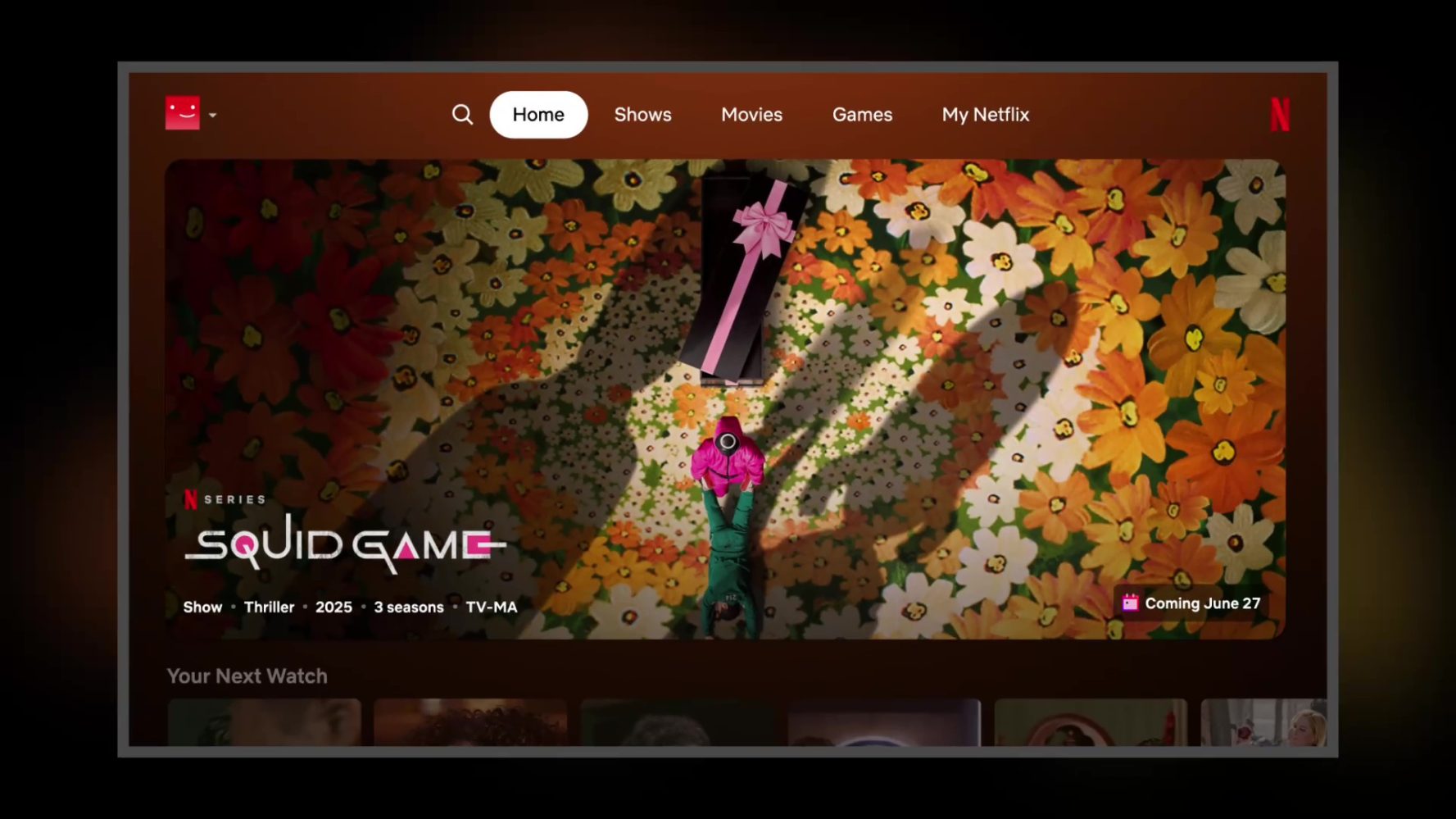
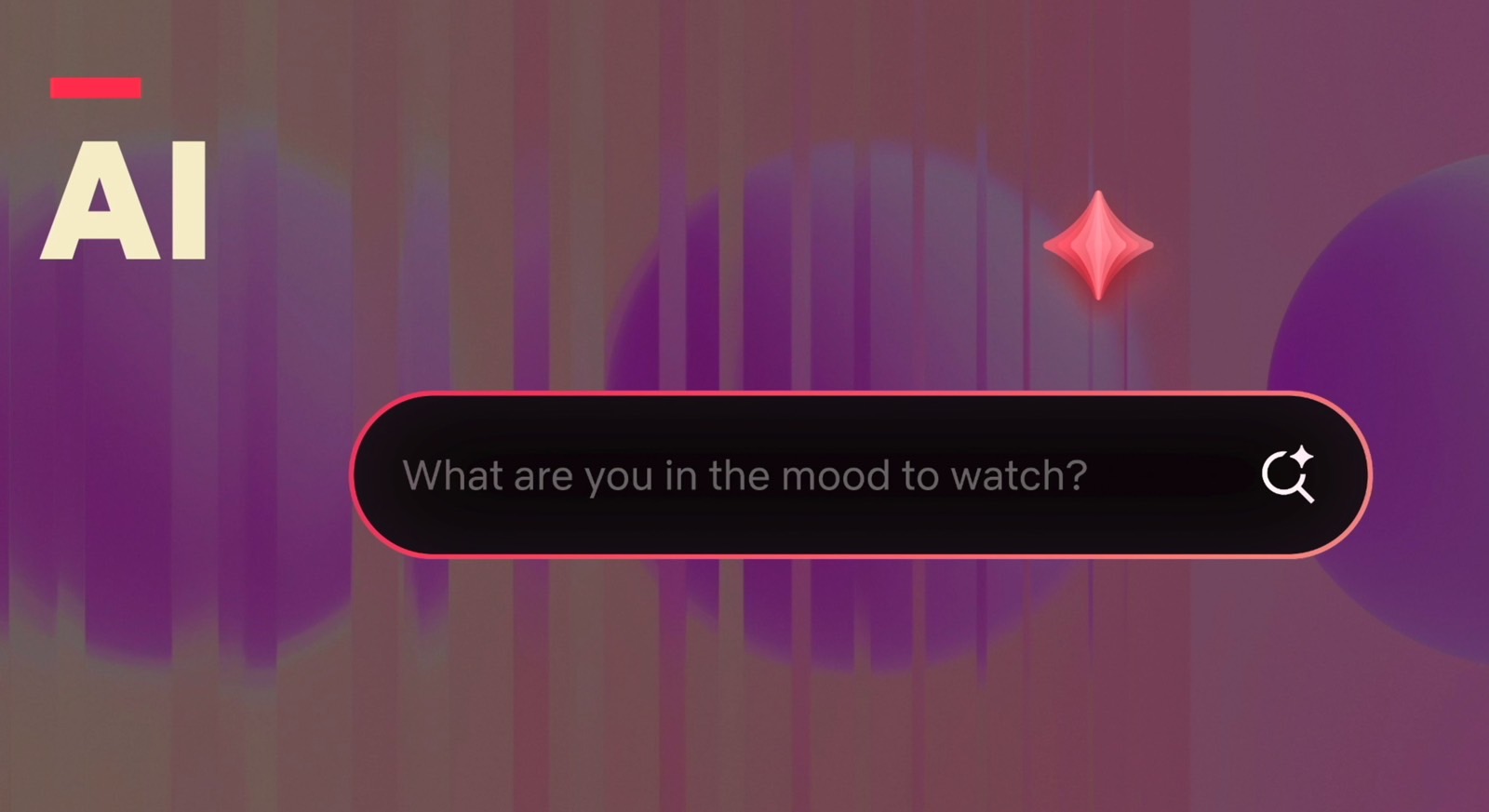











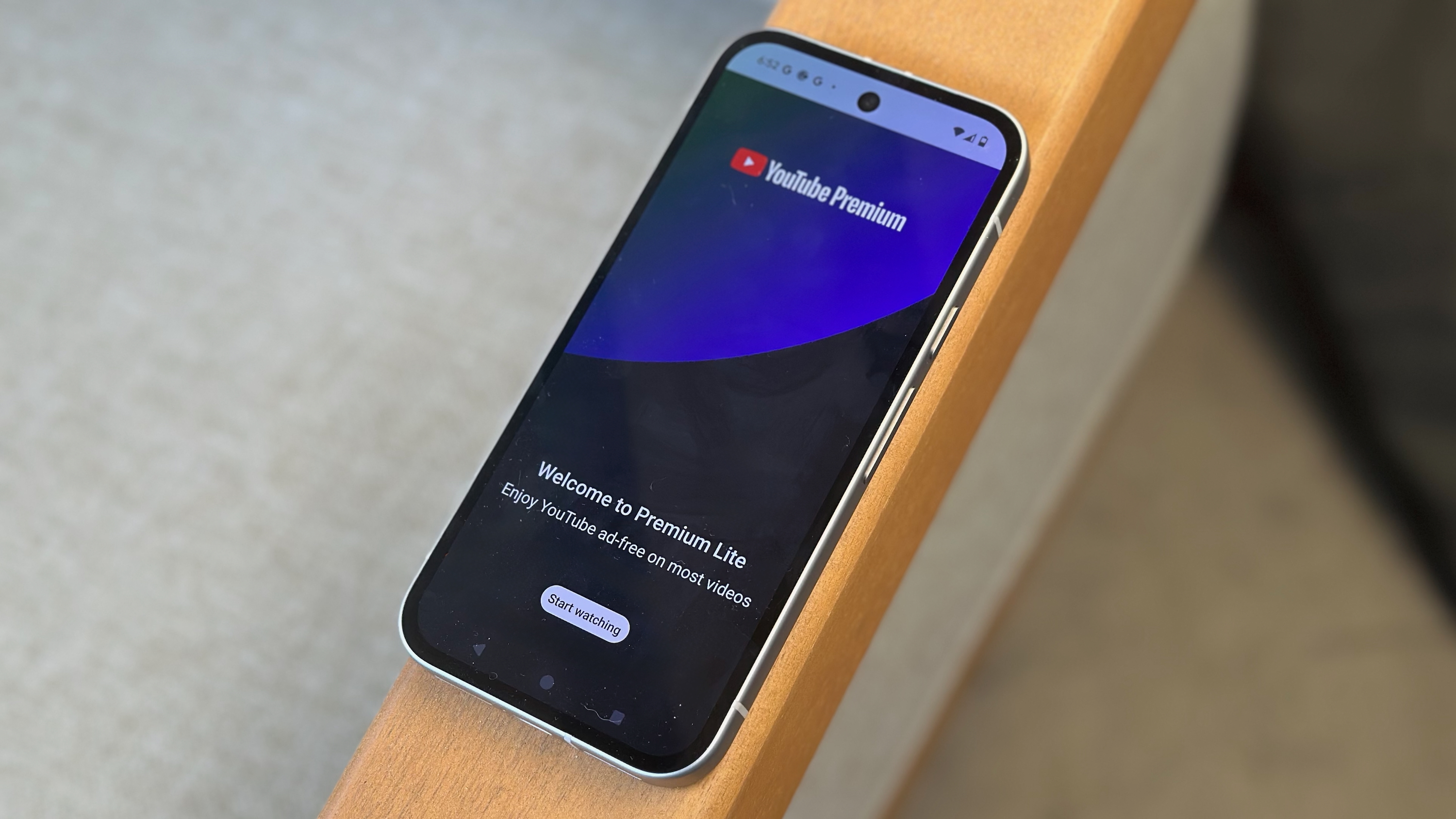























![Netflix Unveils Redesigned TV Interface With Smarter Recommendations [Video]](https://www.iclarified.com/images/news/97249/97249/97249-640.jpg)


![Apple Seeds visionOS 2.5 RC to Developers [Download]](https://www.iclarified.com/images/news/97240/97240/97240-640.jpg)































































































